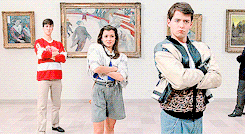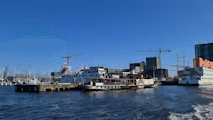With the advent of digital editing in non-linear editing systems, film editors and their assistants have become responsible for many areas of filmmaking that used to be the responsibility of others. For instance, in past years, picture editors dealt only with just that—picture. Sound, music, and (more recently) visual effects editors dealt with the practicalities of other aspects of the editing process, usually under the direction of the picture editor and director. However, digital systems have increasingly put these responsibilities on the picture editor. It is common, especially on lower budget films, for the editor to sometimes cut in temporary music, mock up visual effects and add temporary sound effects or other sound replacements. These temporary elements are usually replaced with more refined final elements produced by the sound, music and visual effects teams hired to complete the picture.

















































